Home>Dining>Table Decor>How To Use Aspidistra Leaves In Floral Arrangements


Table Decor
How To Use Aspidistra Leaves In Floral Arrangements
Modified: August 17, 2024
Discover creative ways to incorporate table-decor with aspidistra leaves in your floral arrangements. Elevate your table settings with this versatile foliage.
(Many of the links in this article redirect to a specific reviewed product. Your purchase of these products through affiliate links helps to generate commission for Storables.com, at no extra cost. Learn more)
Introduction
When it comes to creating stunning table décors, one often overlooked element is the use of aspidistra leaves. These elegant and versatile leaves can be a game-changer when it comes to enhancing the visual appeal of floral arrangements. Whether you are planning a wedding reception, a dinner party, or simply want to add a touch of elegance to your home, incorporating aspidistra leaves can take your table décor to the next level.
Aspidistra leaves, also known as cast iron plants, are known for their hardiness and durability. They are long and glossy, with a leathery texture that adds a unique visual and tactile element to any arrangement. The rich green coloration provides an excellent contrast to the vibrant colors of flowers and other decorative elements, making them stand out even more.
Choosing the right aspidistra leaves for your floral arrangements is crucial. Look for leaves that are in good condition, free from blemishes or discoloration. Select leaves that have a healthy color and are free from any signs of damage. It’s also important to consider the size of the leaves, as larger leaves can create a more dramatic effect, while smaller leaves can be used for delicate arrangements.
Preparing aspidistra leaves for use is a simple process. Start by gently wiping each leaf with a damp cloth to remove any dust or dirt. Allow them to air dry before handling them further. It’s also important to trim the ends of the leaves, ensuring they are neat and clean before incorporating them into your arrangements.
One of the most common uses of aspidistra leaves is as foliage in floral arrangements. They can add depth and texture, creating a lush and full appearance. When using aspidistra leaves as foliage, consider placing them strategically around the base of the arrangement or using them to create a frame around the flowers. This will create a visually stunning backdrop that enhances the overall look of the arrangement.
Key Takeaways:
- Elevate your table decor with the versatile and elegant aspidistra leaves, perfect for enhancing floral arrangements, creating stunning centerpieces, and adding sophistication to various aspects of your decor.
- From creating lush foliage to crafting elegant bouquets and captivating centerpieces, the sleek and vibrant aspidistra leaves offer endless possibilities for elevating your table decor and leaving a lasting impression on your guests.
Choosing Aspidistra Leaves for Floral Arrangements
When selecting aspidistra leaves for your floral arrangements, there are a few key factors to consider. These factors will ensure that you choose the best quality leaves that will enhance your table décor.
The first thing to look for is the overall condition of the leaves. Inspect each leaf carefully, checking for any blemishes, discoloration, or tears. You want to choose leaves that are in excellent condition and free from any damage. A healthy, vibrant green color is a good indicator of the leaf’s freshness.
Next, consider the size of the leaves. Aspidistra leaves come in various sizes, so you have the flexibility to choose ones that best suit your arrangement. Larger leaves can create a more dramatic effect, making a bold statement on your table. Smaller leaves, on the other hand, are perfect for delicate arrangements or when you want a more subtle touch of foliage.
Another important factor to consider is the shape of the leaves. Aspidistra leaves are long and narrow, with a pointed tip. This shape adds an elegant and sleek look to your arrangements. However, the leaves may vary slightly in shape, so it’s important to choose consistently shaped leaves that complement each other.
Lastly, pay attention to the texture of the leaves. Aspidistra leaves have a leathery texture that adds a unique element to your floral arrangements. When touched, they have a smooth and slightly glossy surface. This texture creates visual interest and can enhance the overall tactile experience of your guests.
When purchasing aspidistra leaves, it’s best to buy them fresh from a reputable florist or supplier. This ensures that you get the highest quality leaves that will last longer in your arrangements. If you’re lucky enough to have access to aspidistra plants, you can also trim the leaves from your own plants, provided they are healthy and in good condition.
Preparing Aspidistra Leaves for Use
Before incorporating aspidistra leaves into your floral arrangements, it’s important to properly prepare them. This will ensure that they look their best and enhance the overall aesthetic of your table décor.
The first step in preparing aspidistra leaves is to gently clean them. Take a soft, damp cloth and carefully wipe each leaf to remove any dust or dirt that may have accumulated on the surface. This will help to restore their natural shine and vibrant appearance. Be gentle during this process to avoid damaging the leaves.
After cleaning, it’s essential to allow the leaves to air dry. Lay them out on a clean surface, such as a towel or a drying rack, and let them dry completely. This will prevent any moisture from causing discoloration or mold growth on the leaves.
Once the aspidistra leaves are dry, it’s time to trim the ends. Using a sharp pair of scissors or pruning shears, carefully trim any uneven or damaged edges of the leaves. This will ensure that they have a neat and clean appearance when incorporated into your arrangements.
When trimming the ends, you can choose to create a straight cut or give them a more natural appearance by making a slight angle. Consider the overall aesthetic of your table décor and the style of your arrangements when deciding on the cutting technique.
It’s a good practice to trim the stems of the aspidistra leaves slightly shorter than the flowers or other elements in your arrangement. This will help to create a balanced look and prevent the leaves from overpowering the focal point.
Once the aspidistra leaves have been cleaned and trimmed, they are ready to be incorporated into your floral arrangements. Be mindful of how you handle them to avoid any damage or creasing. Treat them with care as you would with any delicate foliage.
Preparing aspidistra leaves for use may seem like a minor step in the grand scheme of table décor, but it can make a significant difference in the overall visual impact of your arrangements. Taking the time to clean and trim the leaves ensures that they are at their best when showcased on your table.
Using Aspidistra Leaves as Foliage
Aspidistra leaves are a fantastic choice for adding foliage to your floral arrangements. Their long and elegant shape, combined with their rich green color, makes them a versatile option that can complement a variety of flowers and decorative elements.
When using aspidistra leaves as foliage, there are several ways to incorporate them effectively. One common technique is to place them strategically at the base of the arrangement. This creates a lush and full look, providing a backdrop for the flowers to stand out. Arrange the leaves in a circular or oval shape, overlapping slightly, to create a visually pleasing frame for your arrangement.
Another approach is to use aspidistra leaves to create a distinct frame around the flowers. This technique works particularly well with larger arrangements or centerpieces. Choose four or more aspidistra leaves and position them in a square or rectangular shape, creating a border that encloses the flowers in a visually appealing way.
In addition to framing, aspidistra leaves can be used to fill in gaps or add depth to the arrangement. If you have areas where the flowers or other decorative elements are sparse, tuck in a few aspidistra leaves to create a more balanced and full look. This technique is especially useful for creating cascading arrangements or when working with taller vases.
When arranging the aspidistra leaves, consider the direction and flow of the arrangement. Allow the leaves to arch and naturally drape, mimicking the movement of the flowers. This adds a sense of movement and fluidity to the arrangement, enhancing its visual appeal.
Aspidistra leaves can also be folded or rolled to create unique textures and shapes. Experiment with folding the leaves accordion-style or rolling them tightly to create a cylindrical look. These folded or rolled leaves can be used as accents or placed at the top of the arrangement to create height and interest.
Remember to balance the size and placement of the aspidistra leaves with the other elements in your arrangement. Avoid overcrowding or overwhelming the flowers. The overall goal is to create a harmonious and visually pleasing composition.
Using aspidistra leaves as foliage in your floral arrangements adds depth, texture, and a touch of elegance. Their versatility allows you to create a variety of looks, from classic and formal to modern and whimsical. Experiment with different techniques to find the style that suits your table décor and personal aesthetic.
When using aspidistra leaves in floral arrangements, cut the stems at an angle and place them in water for a few hours to allow the leaves to hydrate and become more pliable for shaping and arranging.
Incorporating Aspidistra Leaves in Bouquets
Aspidistra leaves can make a stunning addition to bouquets, adding an element of elegance and sophistication. Whether you’re creating a bridal bouquet, a centerpiece for a special event, or a simple bouquet to brighten up your home, incorporating aspidistra leaves can elevate the overall look and make a lasting impression.
One popular way to use aspidistra leaves in bouquets is to wrap them around the stems. Take one or two leaves and gently curve them around the base of the flower stems. Secure the leaves in place with floral tape or a decorative ribbon, ensuring that they create a smooth and polished finish. This technique adds a touch of greenery and provides a visually pleasing transition between the flowers and the stems.
Another option is to use the aspidistra leaves as a collar around the bouquet. Start by wrapping the stems with floral tape or a ribbon of your choice. Then, arrange several aspidistra leaves around the base of the bouquet, overlapping them slightly. Secure the leaves together at the base with floral wire or a decorative pin. This creates a beautiful collar that frames the bouquet and adds a touch of sophistication.
If you prefer a more natural and organic look, consider incorporating aspidistra leaves as individual accents within the bouquet. Choose several leaves and trim them to your desired length. Insert them strategically among the flowers, tucking them into the bouquet to create a balanced composition. This technique adds texture and depth to the bouquet, creating a visually pleasing arrangement.
For those who prefer a cascading or trailing bouquet style, aspidistra leaves can be the perfect choice. Cut several leaves to varying lengths, ensuring that they are long enough to create the desired cascading effect. Secure the stems of the leaves together with floral wire and insert them into the bouquet, allowing them to flow gracefully downward. This adds movement and drama to the bouquet, creating a captivating visual impact.
Consider combining aspidistra leaves with other foliage, such as eucalyptus or ferns, for a more lush and textured bouquet. The contrasting shapes, colors, and textures of different foliage can add depth and visual interest to the arrangement.
Experiment with different ways of incorporating aspidistra leaves in your bouquets to find the style that suits your vision and personal taste. Whether you choose to wrap them around the stems, create a collar, use them as accents, or opt for a cascading effect, these leaves can add a touch of elegance and sophistication to any bouquet.
Read more: How To Use Moss In Floral Arrangements
Creating Centerpieces with Aspidistra Leaves
Aspidistra leaves can play a significant role in creating stunning centerpieces that become the focal point of any table. Their long and sleek shape, combined with their vibrant green color, makes them a versatile choice for designing eye-catching centerpieces for various occasions.
One approach to using aspidistra leaves in centerpieces is to create a base or foundation for other decorative elements. Start by arranging several leaves in the center of your table, overlapping them slightly to create a circular or oval shape. This base acts as a visual anchor and provides a lush backdrop for other elements such as flowers, candles, or decorative accents.
For a more dramatic effect, consider using tall vases or containers and inserting aspidistra leaves vertically. Trim the leaves to your desired height, ensuring that they extend above the rim of the vase. Allow the leaves to arch and naturally drape, creating an elegant and visually striking centerpiece. This technique works particularly well for modern or minimalist table settings.
Another way to incorporate aspidistra leaves is to use them as decorative accents within the centerpiece. Take several leaves and roll them tightly, securing them with floral wire. These rolled leaves can be placed upright or positioned diagonally among the flowers or other centerpiece elements. This adds a touch of texture and interest to the arrangement, creating a visually appealing centerpiece.
If you prefer a more traditional centerpiece style, consider arranging a cluster of flowers within a circular or rectangular container and using aspidistra leaves to create a frame around the edges. Position the leaves in a way that overlaps and forms a border around the container, creating a visually pleasing outline. This technique adds a sense of structure and elegance to the centerpiece.
For those who want to incorporate a touch of whimsy or playfulness, consider using aspidistra leaves to create unique shapes or designs within the centerpiece. Fold the leaves in half or roll them to form interesting shapes such as spirals or loops. These shapes can be scattered among the flowers or placed strategically to add a creative touch to the centerpiece.
Remember to balance the size and placement of the aspidistra leaves with the other elements in your centerpiece. You want to achieve a harmonious and visually pleasing composition that draws attention without overwhelming the table. Experiment with different techniques to find a style that suits your table décor and personal aesthetic.
Creating centerpieces with aspidistra leaves allows you to showcase their elegance and versatility while adding a touch of sophistication to your table. Whether you choose to use them as a base, decorative accents, or to create unique shapes, these leaves are sure to make a statement and leave a lasting impression on your guests.
Enhancing Decor with Aspidistra Leaves
Aspidistra leaves are not limited to just floral arrangements and centerpieces; they can also be used to enhance various other aspects of your decor. Their sleek and elegant appearance, along with their vibrant green color, makes them a versatile element for adding a touch of beauty and sophistication to different areas of your home or event space.
One way to enhance your decor with aspidistra leaves is by incorporating them into table settings. Place a single aspidistra leaf under each plate as a decorative accent, creating an elegant and polished look. This simple addition adds a pop of color and texture to the table, instantly elevating the overall aesthetic.
Aspidistra leaves can also be used as place cards or table number holders. Take a trimmed aspidistra leaf and attach a small card with the guest’s name or table number to it. This unique and creative approach adds a personal touch to your table decor, making each guest feel special and adding a touch of sophistication to the overall presentation.
If you’re planning a buffet-style event or have a dessert table, consider using aspidistra leaves as decorative liners. Line the serving platters or trays with the leaves, allowing them to drape gracefully over the edges. This creates a visually appealing display and adds a touch of elegance to the presentation of the food or desserts.
Incorporate aspidistra leaves into your home decor by using them in vases or decorative containers. Place a few leaves in a clear vase and fill it with water to create a unique and minimalist arrangement. This simple yet stunning display can be placed on a mantel, shelf, or as a dining table centerpiece.
For a more creative and artistic approach, frame aspidistra leaves and use them as wall decor. Choose a picture frame that complements your interior design style, and carefully position and secure the leaves within it. This natural and botanical artwork adds a touch of nature to your walls, creating a focal point and conversation starter in any room.
Another way to enhance your decor is by incorporating aspidistra leaves into wreaths or garlands. Whether for seasonal decorations or year-round accents, weave aspidistra leaves into the wreath or along the garland to add depth, texture, and a touch of elegance. This creates a stunning visual impact and brings a natural element into your space.
Lastly, consider using aspidistra leaves as decorative elements in DIY projects. Whether for crafting table centerpieces, event backdrops, or unique home decor pieces, the possibilities are endless. Get creative and experiment with different ways to incorporate aspidistra leaves into your DIY projects, allowing your personal style and creativity to shine.
Enhancing your decor with aspidistra leaves adds a touch of elegance and sophistication to your home or event space. Whether in table settings, as wall decor, or in DIY projects, these versatile leaves have the power to transform any area into a visually stunning and captivating environment.
Conclusion
Aspidistra leaves are a versatile and underappreciated element in the world of table decor. Their sleek shape, vibrant green color, and leathery texture make them a fantastic choice for enhancing floral arrangements, creating stunning centerpieces, and adding a touch of elegance to various aspects of your decor.
When choosing aspidistra leaves, consider their condition, size, shape, and texture to ensure that you select the best quality leaves for your arrangements. Cleaning and trimming the leaves before use is crucial to achieving a polished and visually appealing result.
Aspidistra leaves can be used as foliage in floral arrangements to add depth and texture, as well as create a visually pleasing frame around the flowers. They can also be incorporated into bouquets to add a touch of greenery or create decorative collars or wraps.
When it comes to creating centerpieces, aspidistra leaves can be used to create a lush base, add height and drama, or serve as decorative accents. Their versatility allows you to experiment with different techniques and styles to suit your table decor and personal aesthetic.
Moreover, don’t limit yourself to traditional floral arrangements and centerpieces. Aspidistra leaves can enhance your decor in various ways – from table settings and place card holders to vase fillers and wall decor. They can even be used in DIY projects to unleash your creativity and personalize your space.
In conclusion, aspidistra leaves are an excellent addition to your table decor toolkit. Their elegance, versatility, and ability to enhance various elements of your decor make them a valuable asset when creating visually stunning and captivating environments. So, unleash your creativity and let aspidistra leaves take your table decor to new heights, leaving a lasting impression on your guests.
Frequently Asked Questions about How To Use Aspidistra Leaves In Floral Arrangements
Was this page helpful?
At Storables.com, we guarantee accurate and reliable information. Our content, validated by Expert Board Contributors, is crafted following stringent Editorial Policies. We're committed to providing you with well-researched, expert-backed insights for all your informational needs.
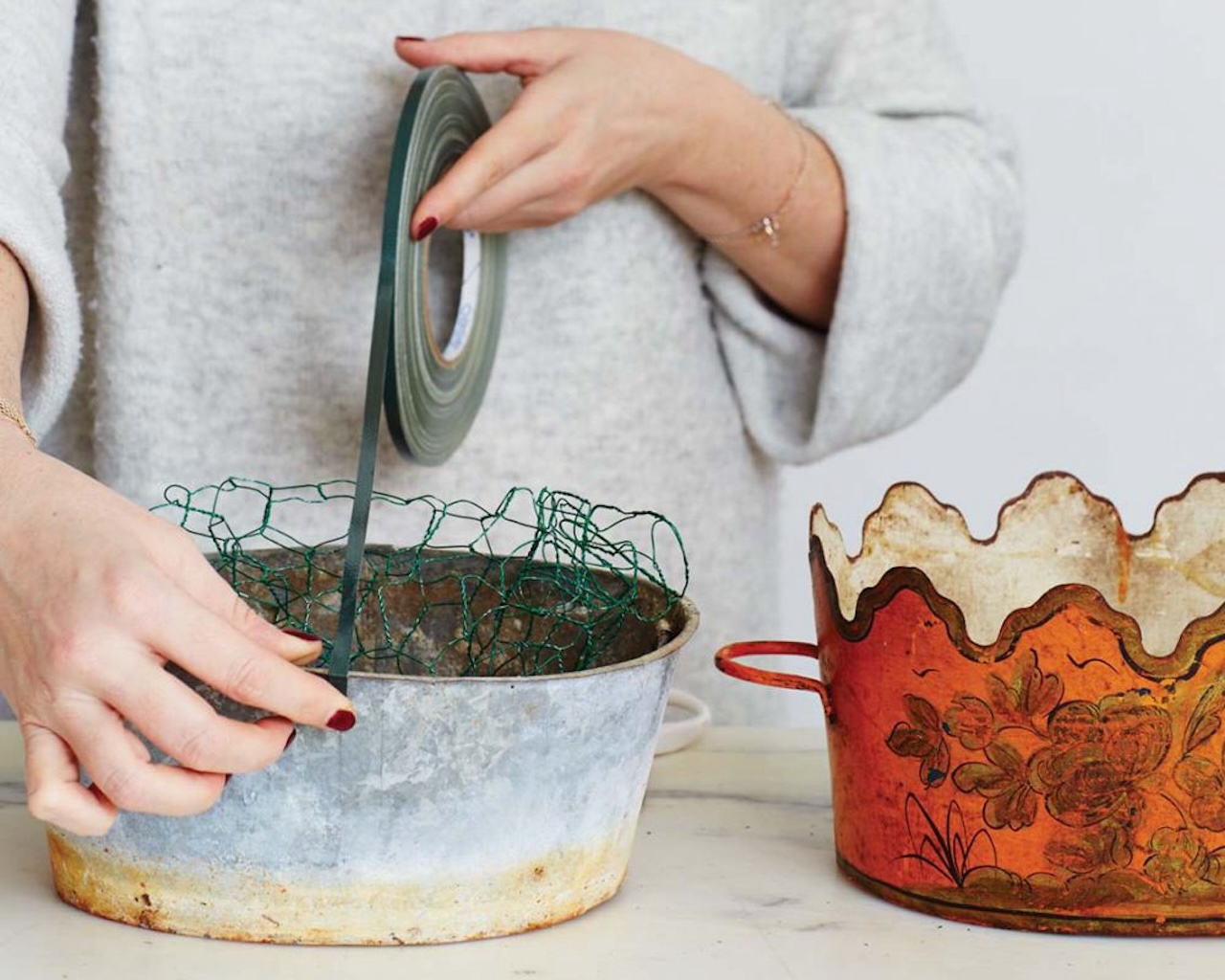
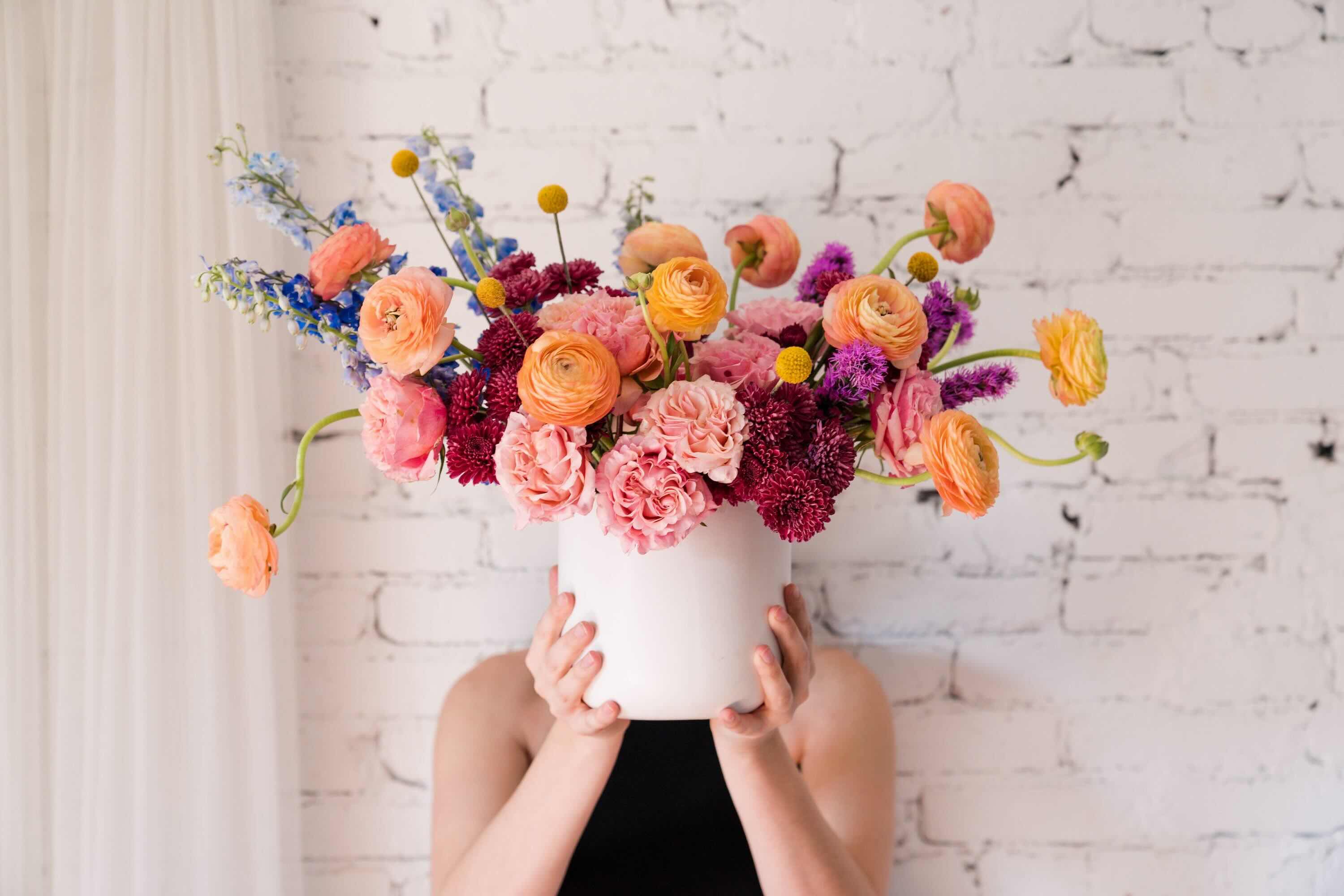
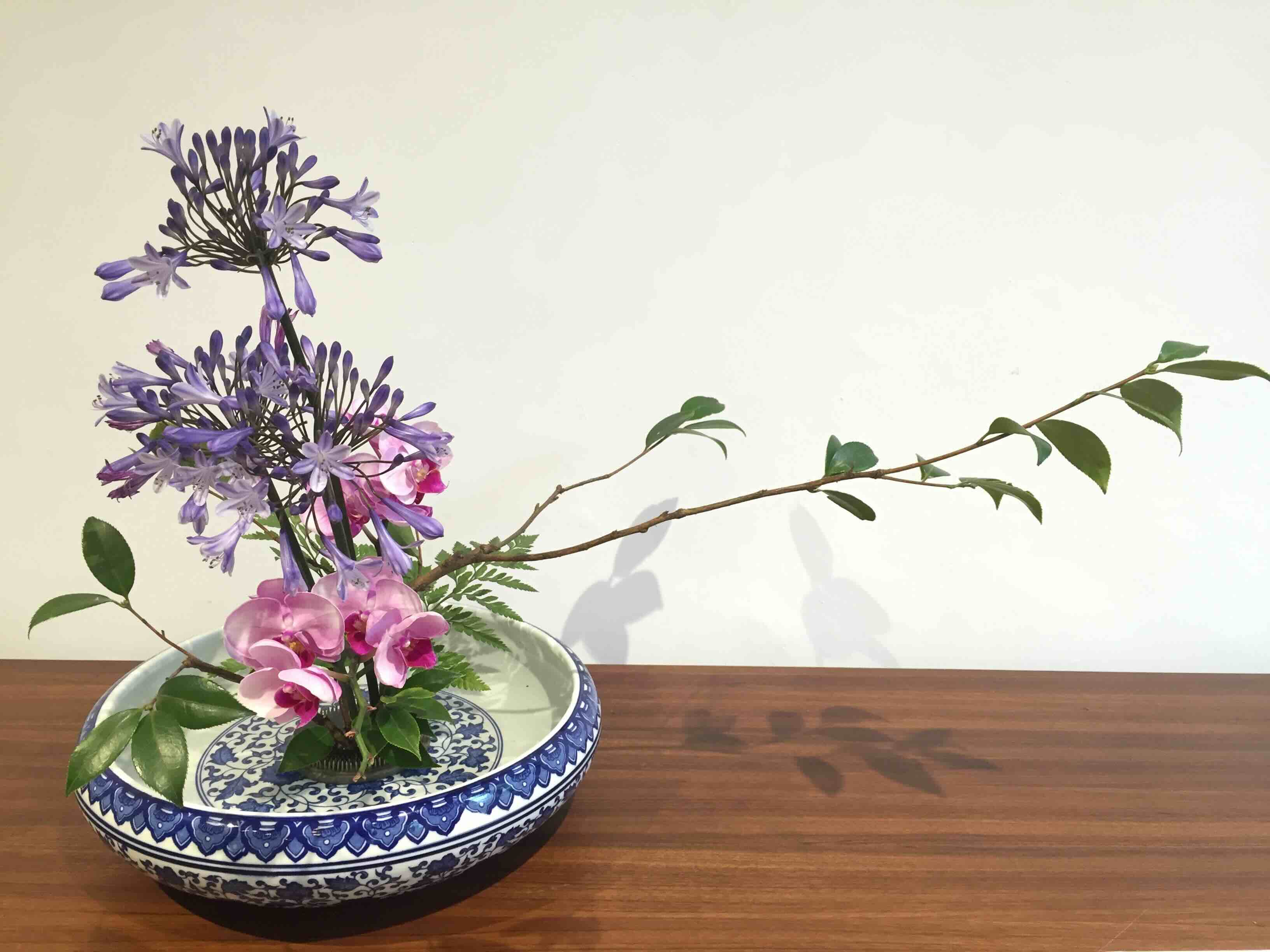
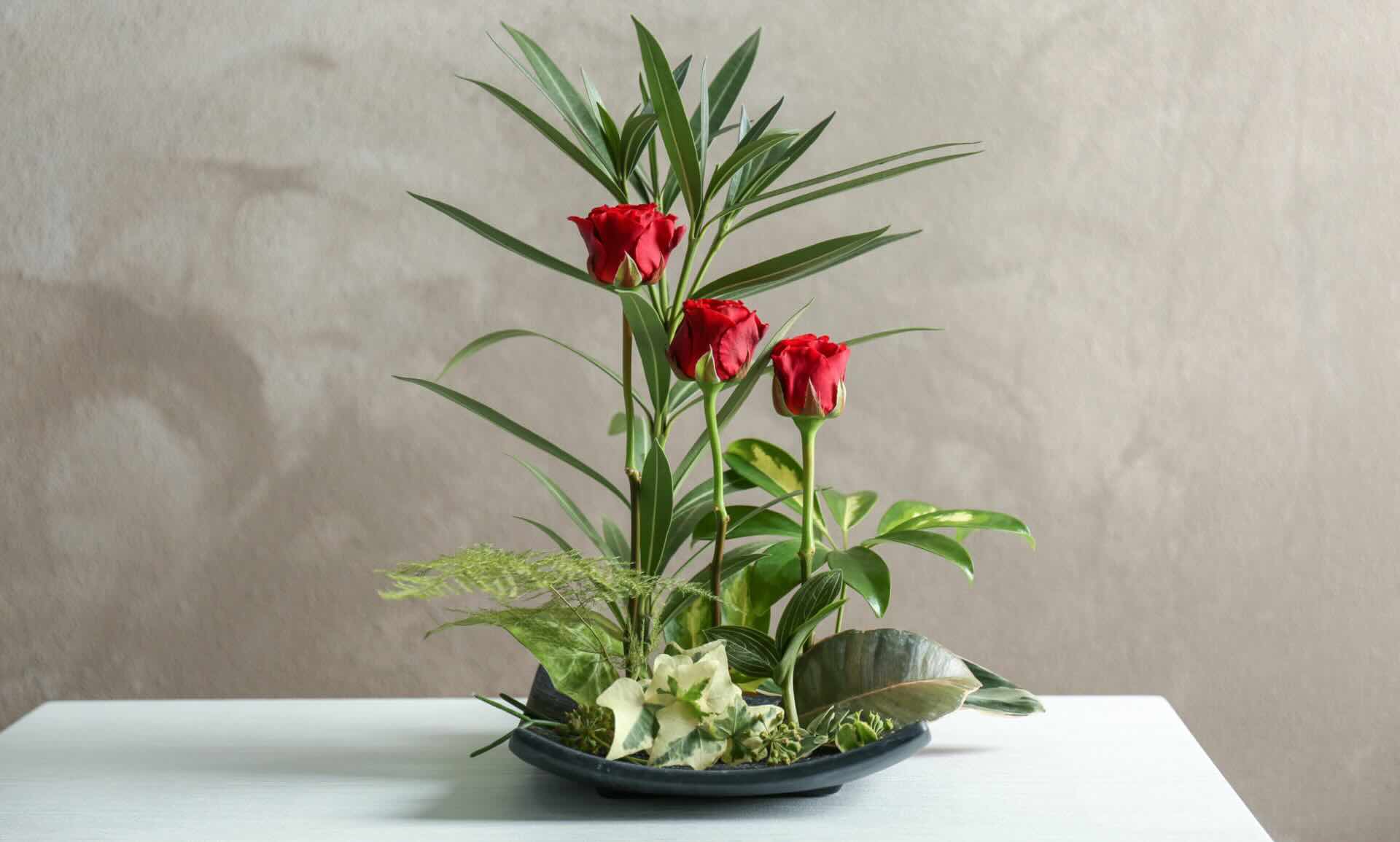
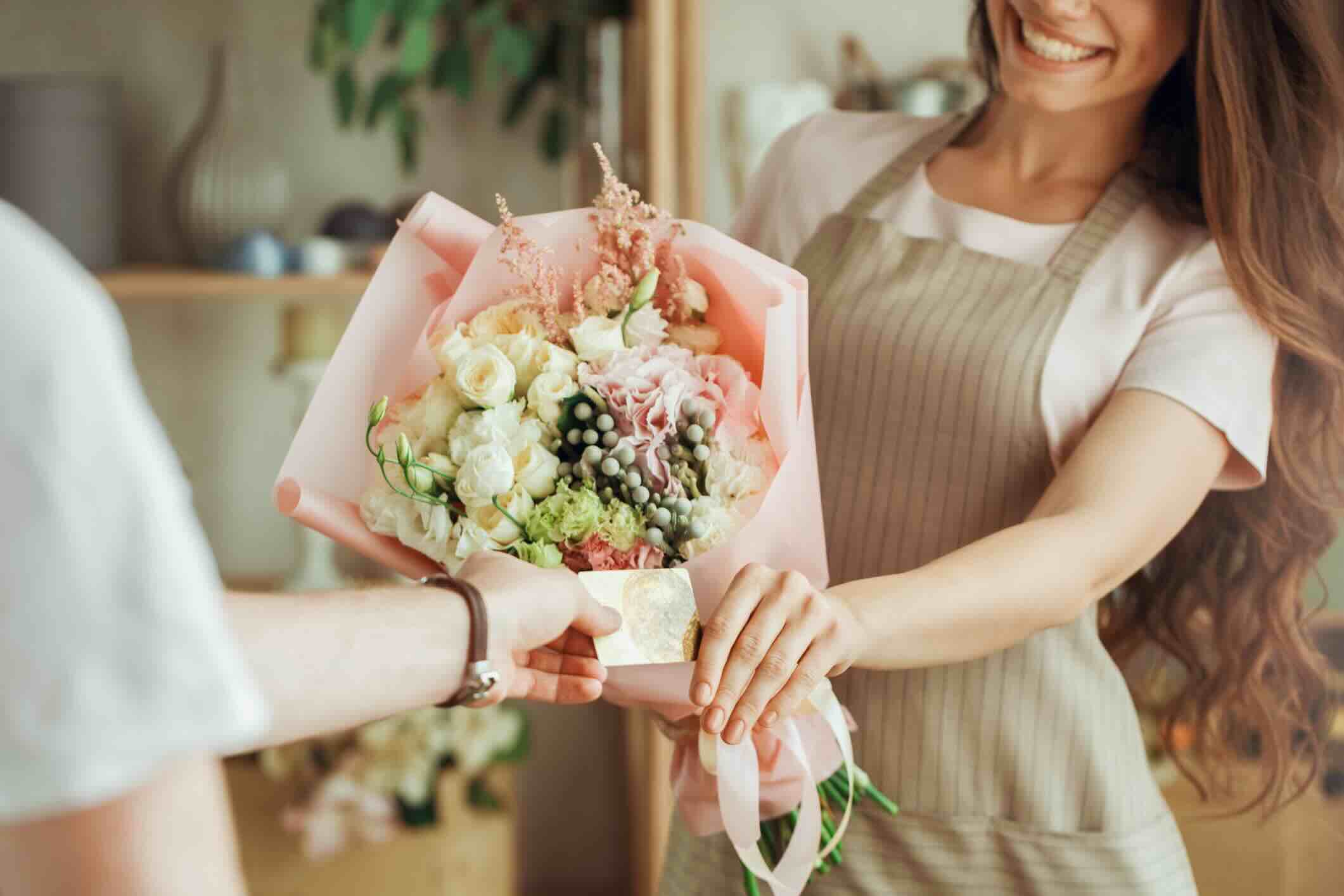
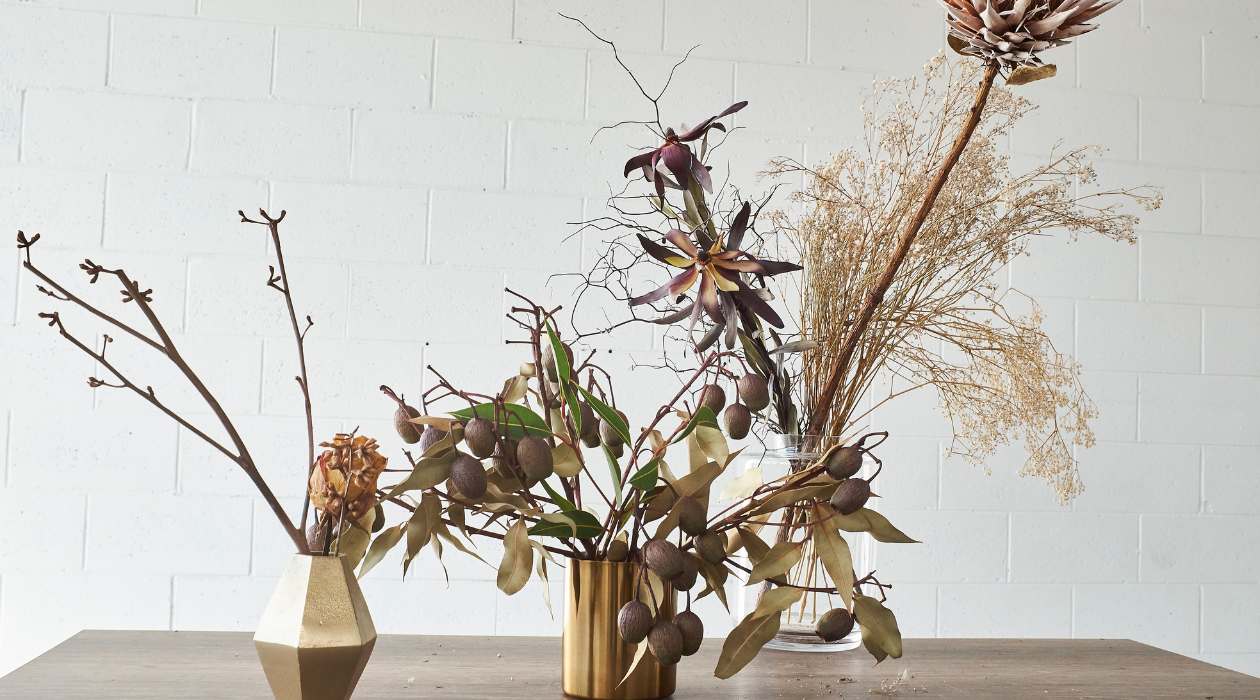
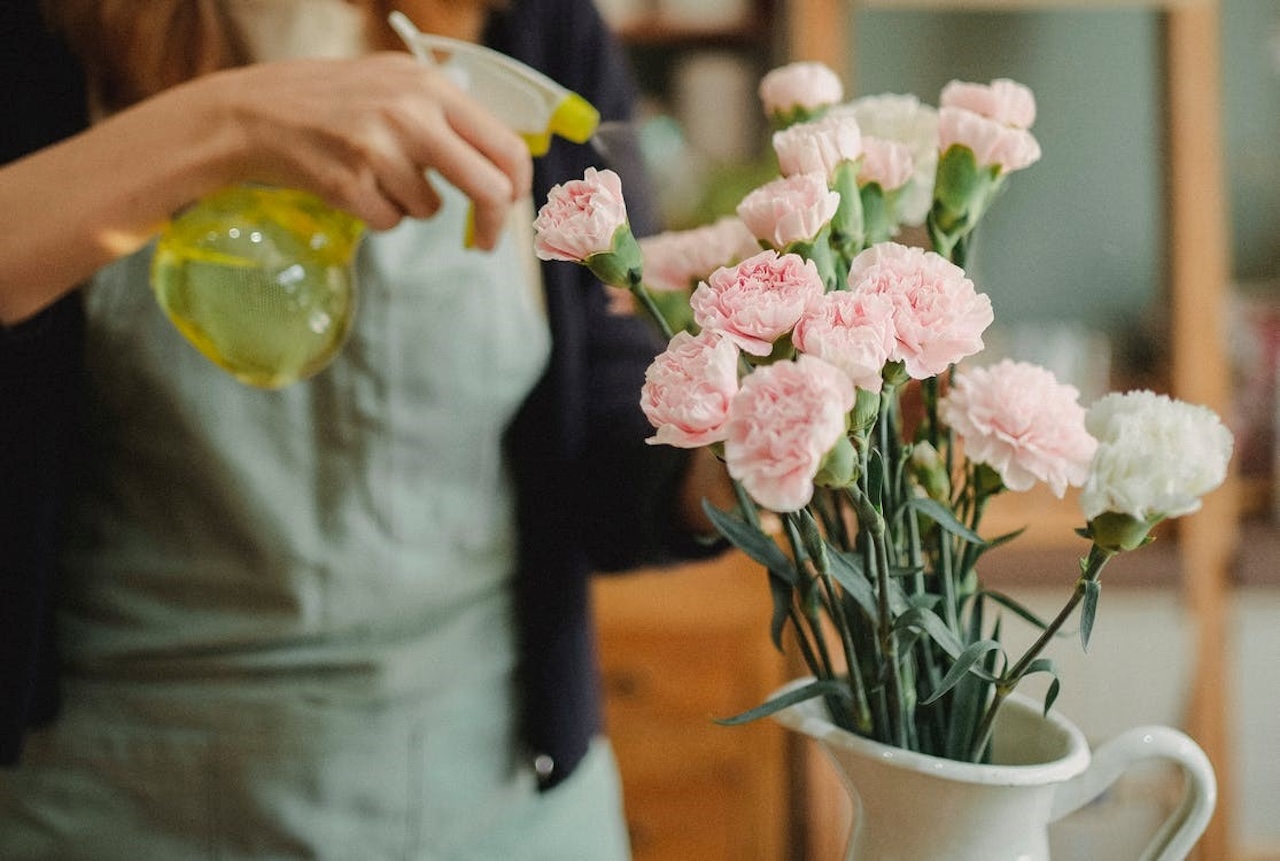
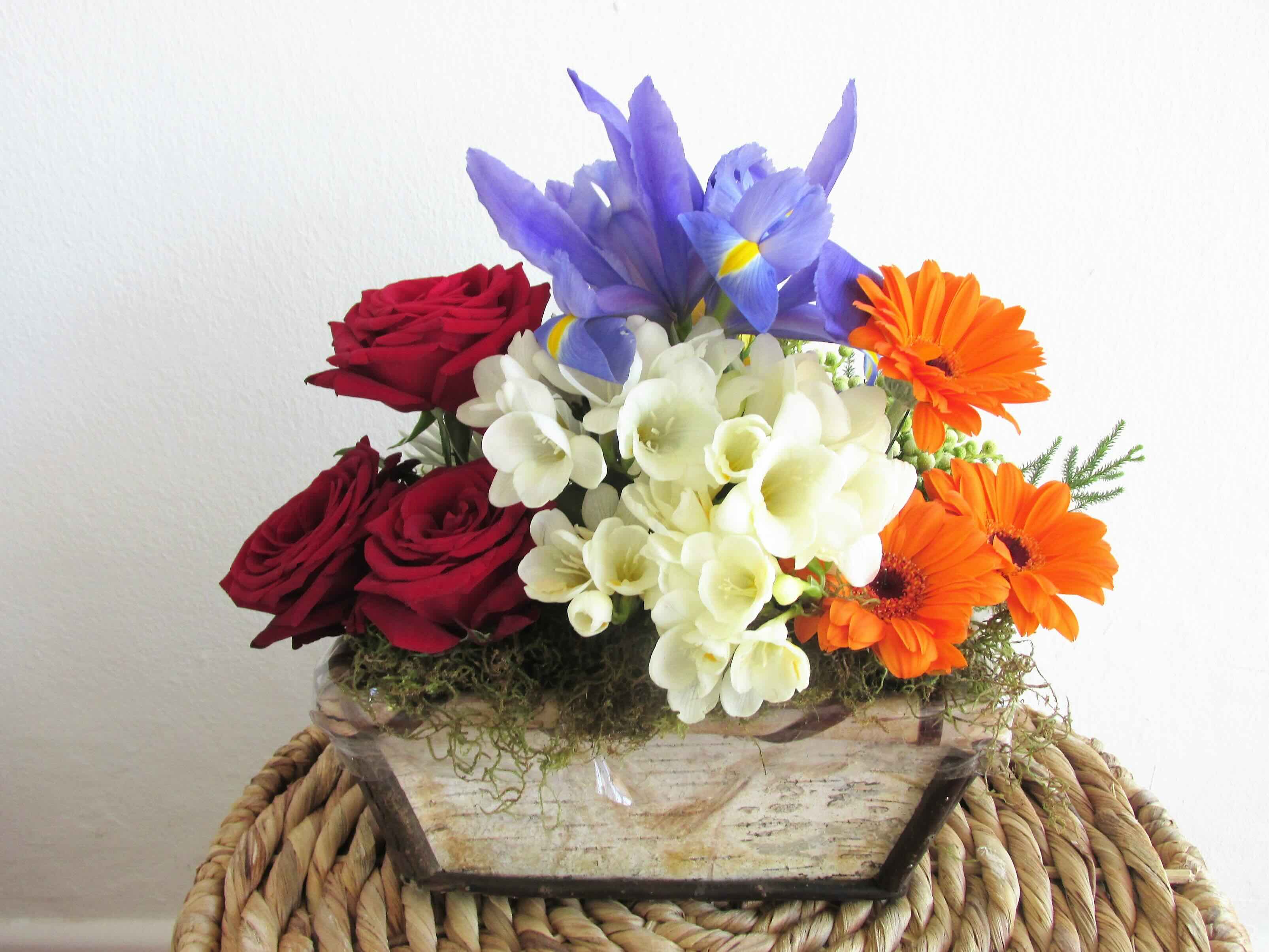
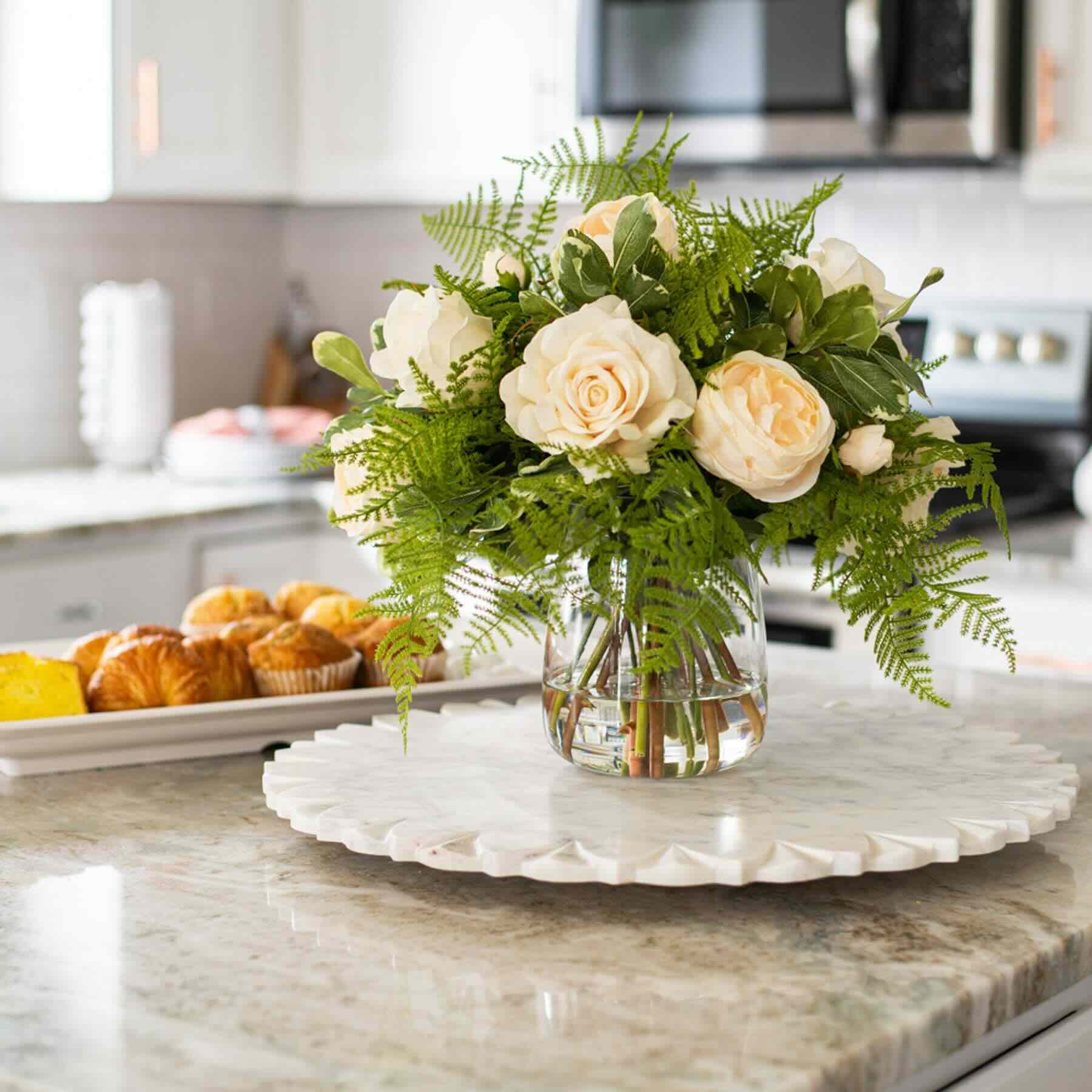
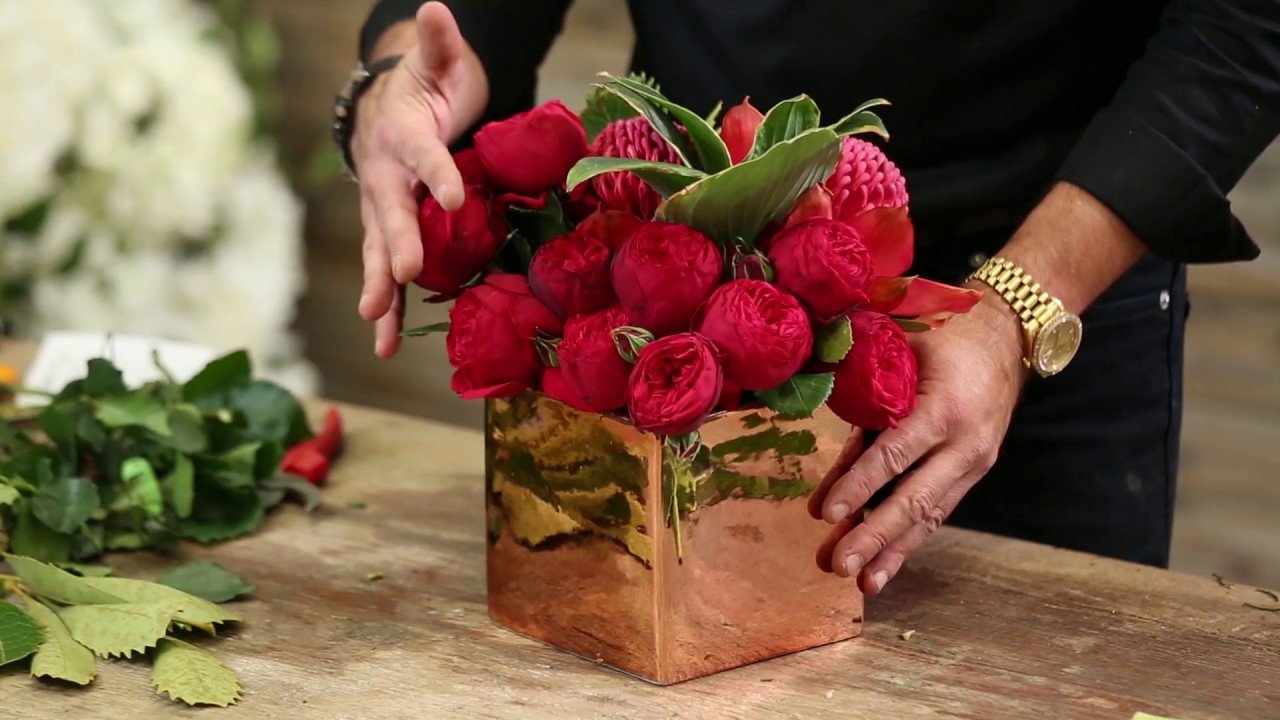
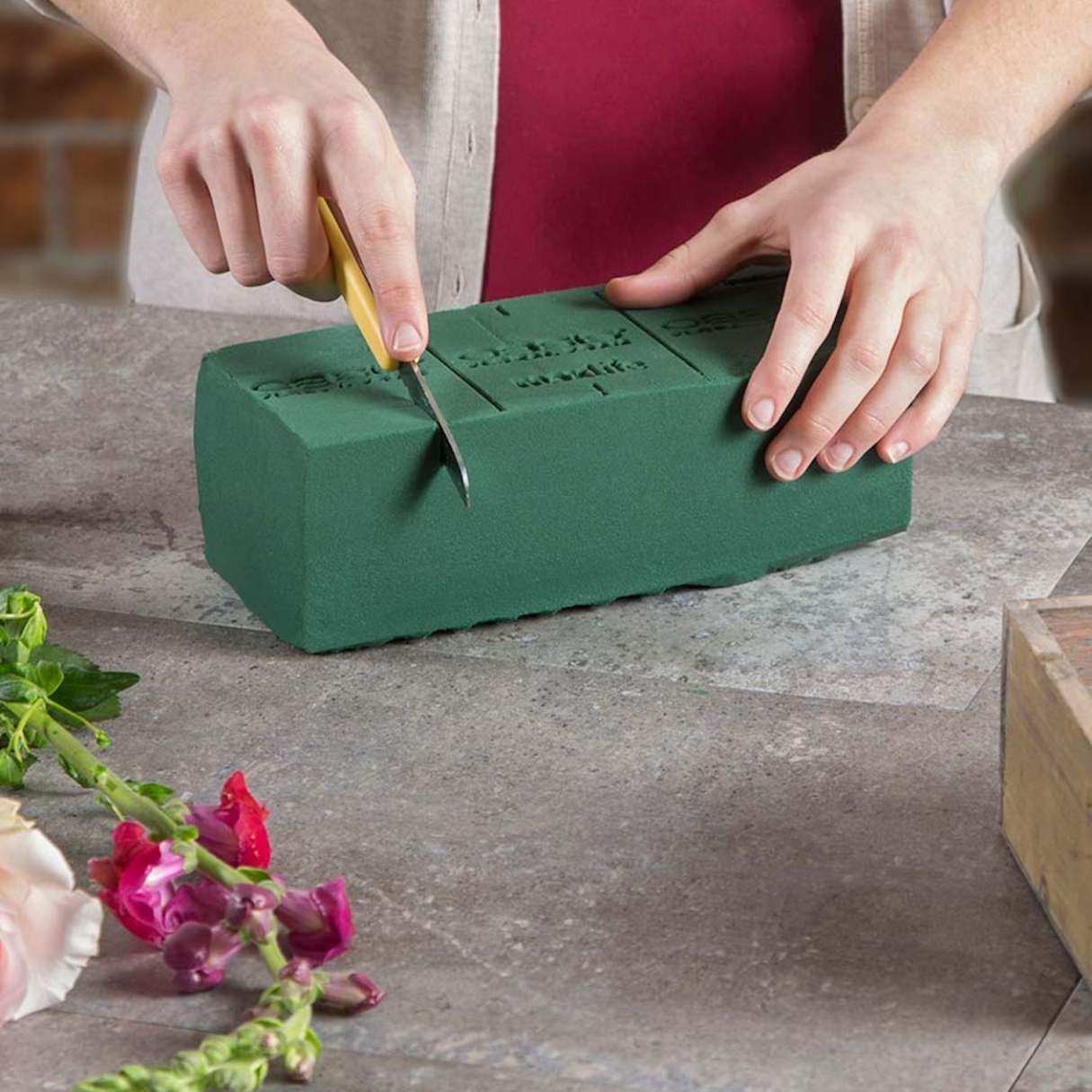
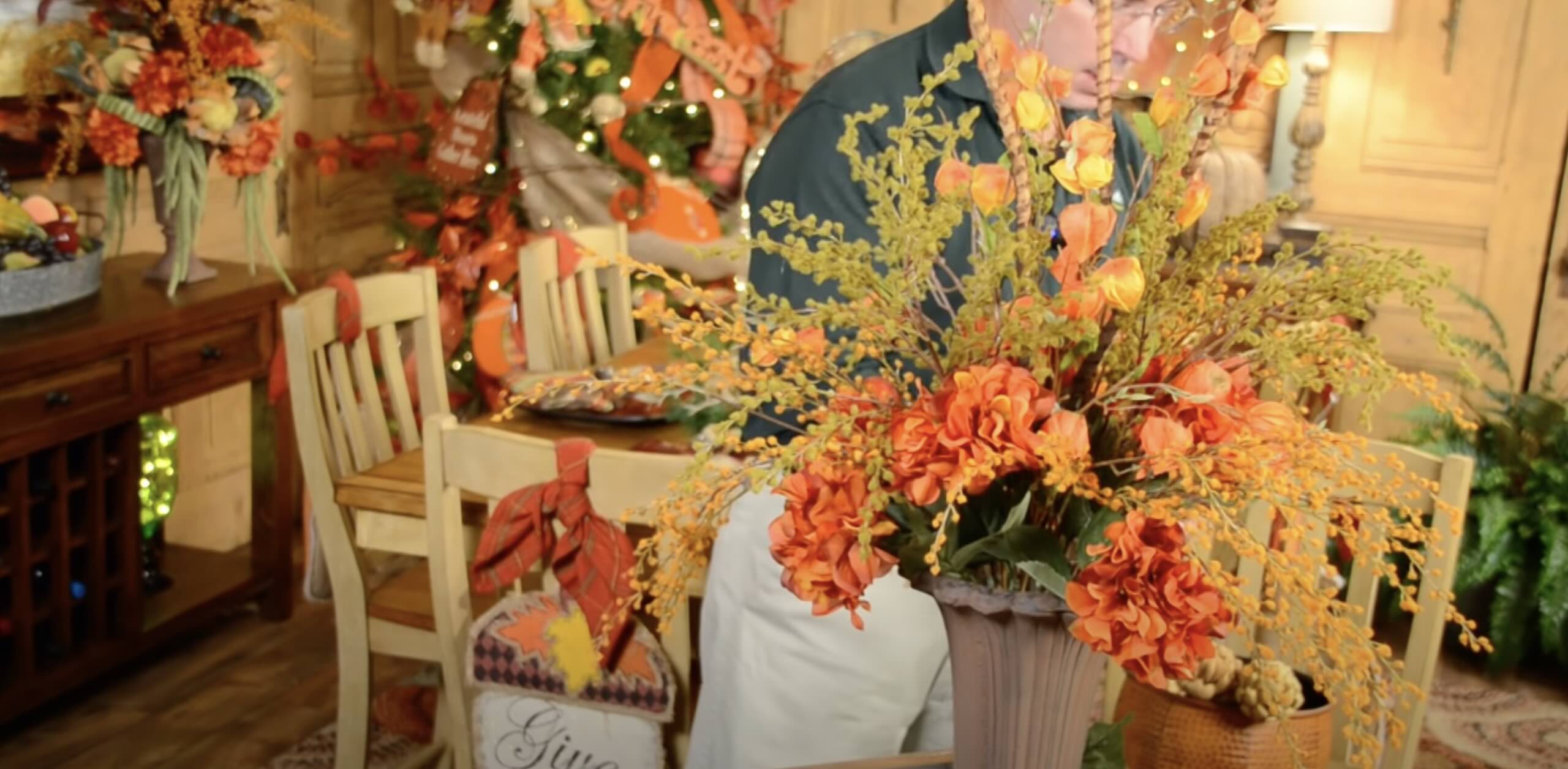
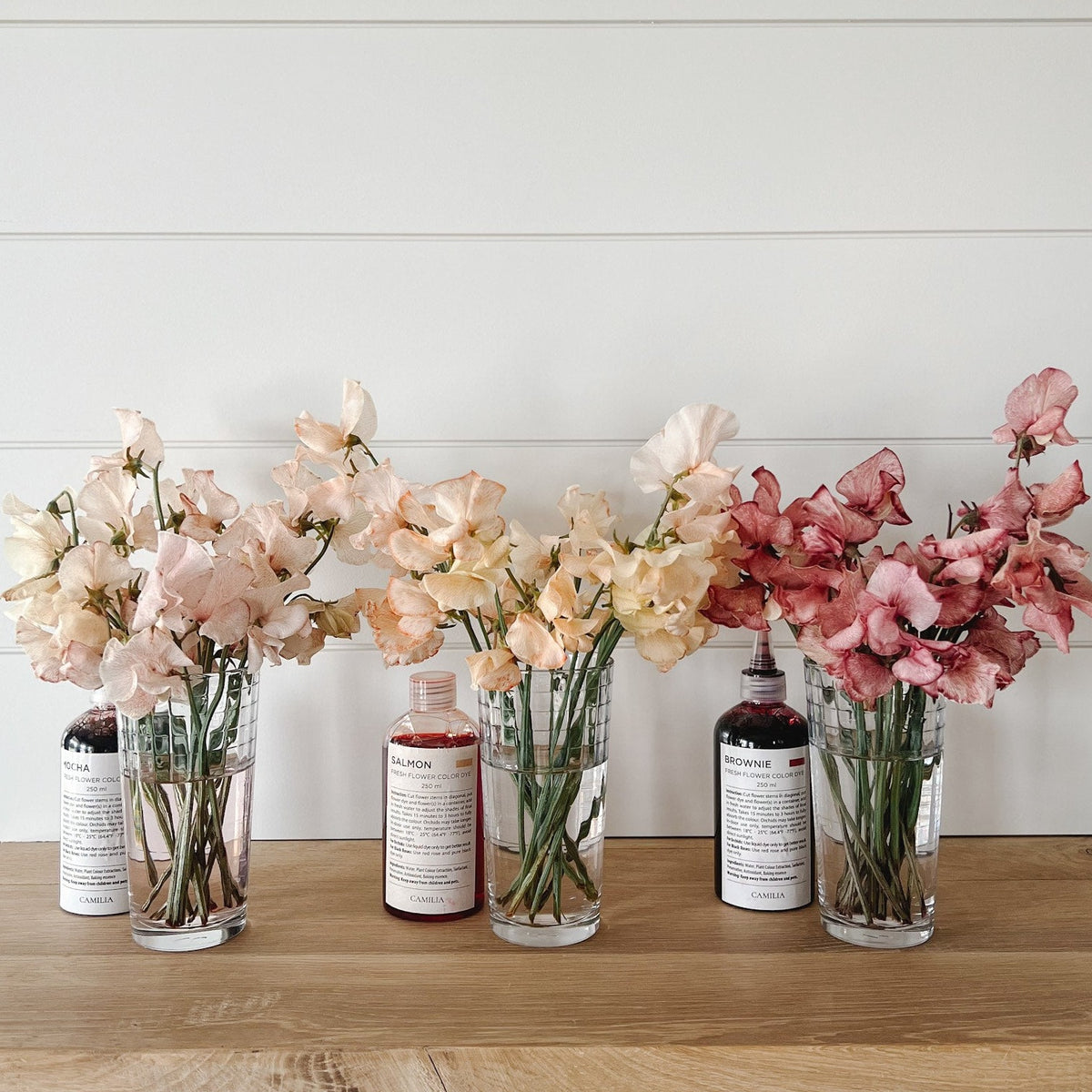
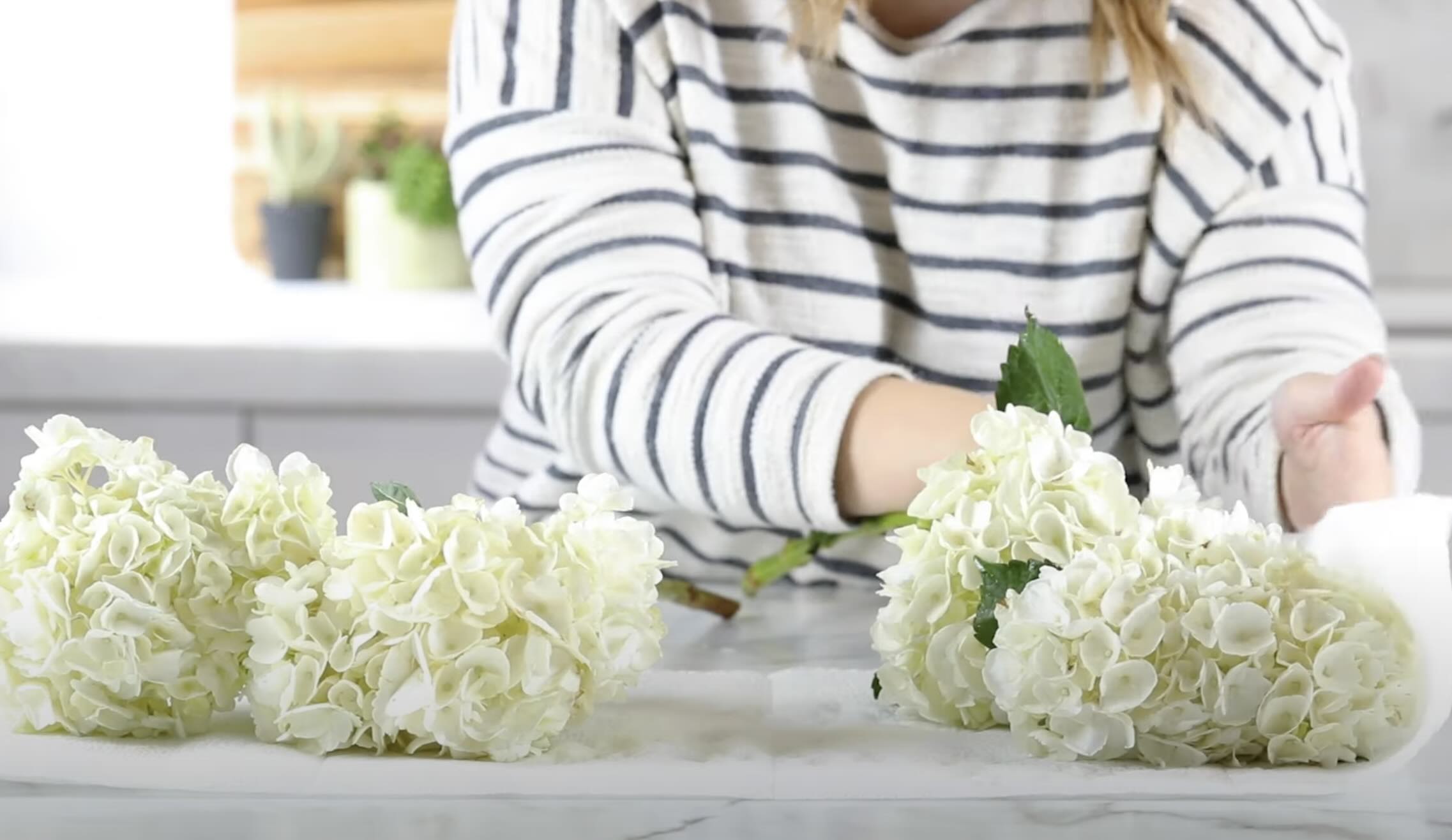

0 thoughts on “How To Use Aspidistra Leaves In Floral Arrangements”